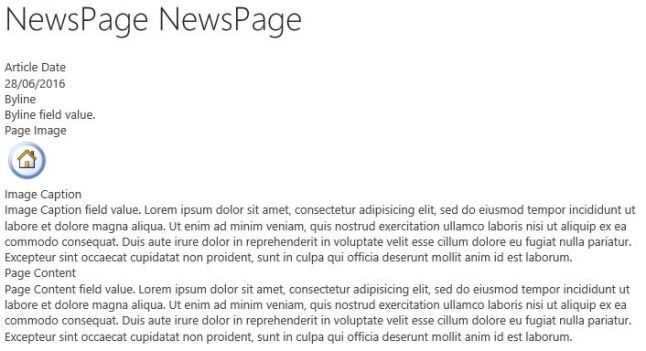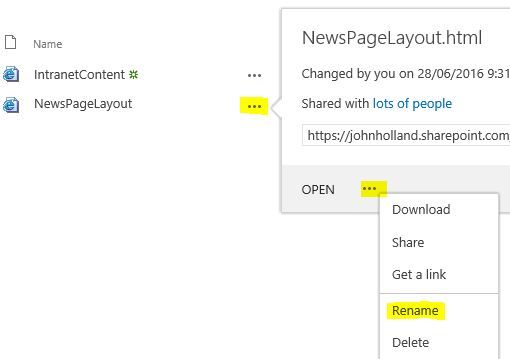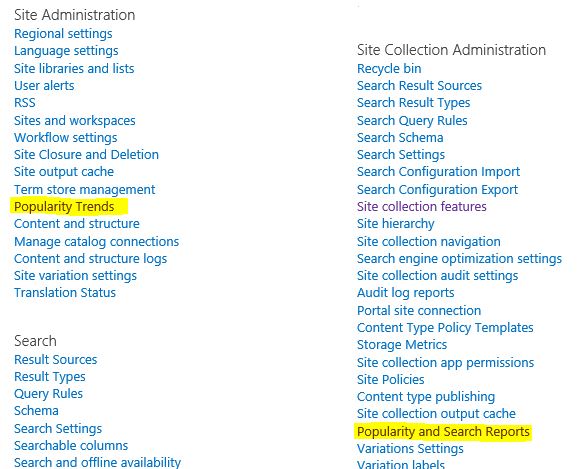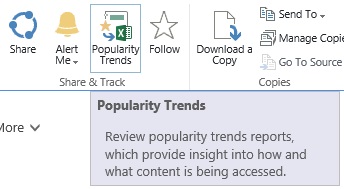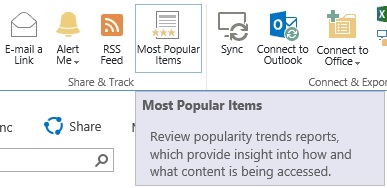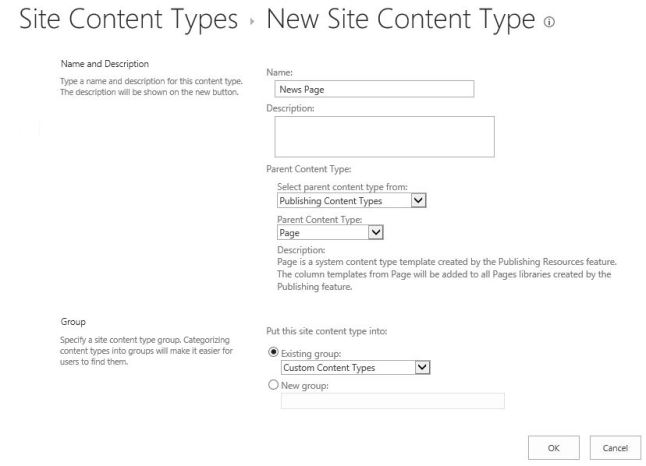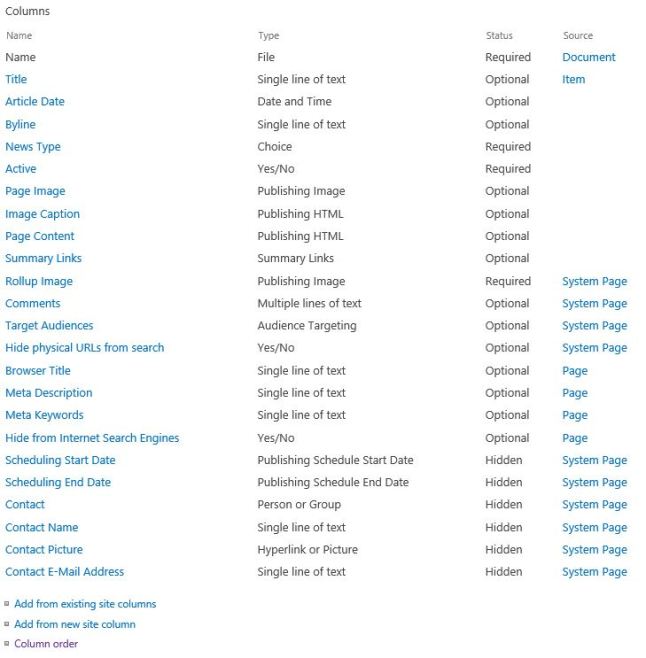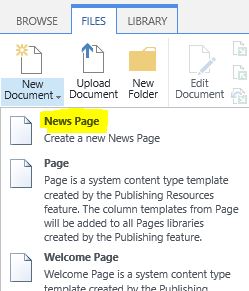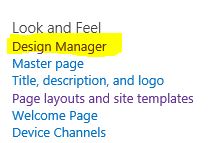I thought it was built in initially. There is a Seach-driven Web Part called Recommended Items. However, it didn’t seem to meet my needs. Therefore, I created my own list using Content Search Web Part (CSWP)
This CSWP is similar to Content Query Web Part (CQWP) only it’s a lot easy (for me) to use. It has a preset of 5 lines to display information of each item.
I am going to add this web part to my News Page layout, so every news page we create will have this related news items automatically. This is done through the Snippets as well. Read more about Snippets
You can find the Content Search web part in the Design tab, under Dynamic Content menu.
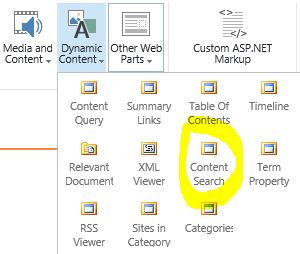
Once the page loads, I can set the properties of the web part including change query. In the basic view, I wanted the search brings up only the news page content.

And by switching to the advanced mode, I can set the search to exclude the current page from displaying again in the related items list.
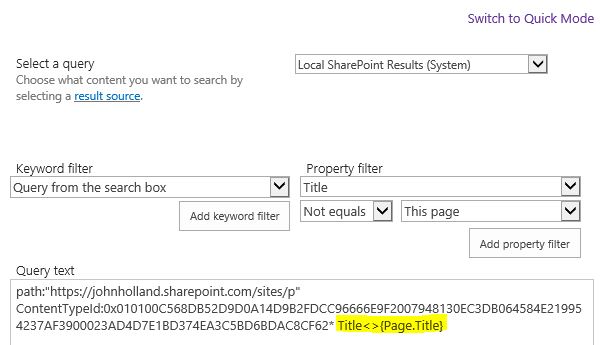
In the Property Mappings, I want the DisplayDate as the 3rd line for my news items. If you can’t see the Description or DisplayDate fields, add them into the search schema in SharePoint admin.
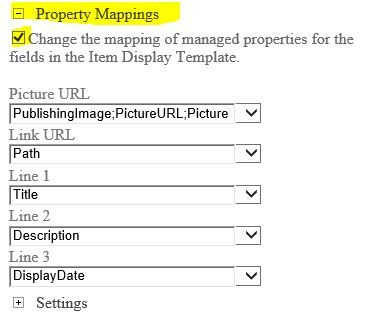
Note: It takes a few minutes for the new pages to be crawled and shown in the CSWP.
And my news page layout now has a More News web part at the bottom of the page. Notice the current news item is not in the list.

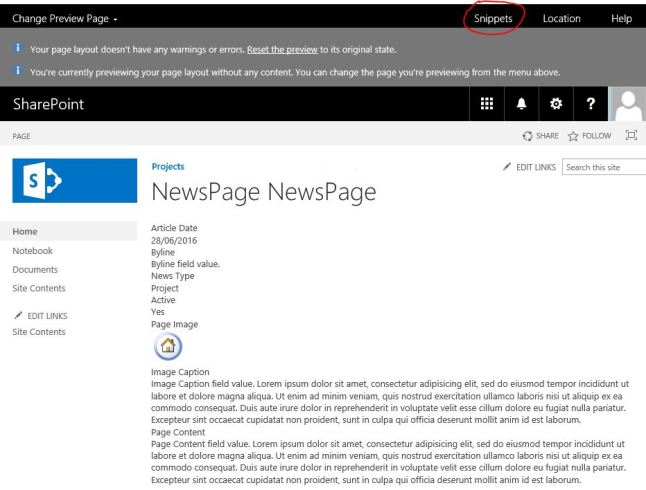
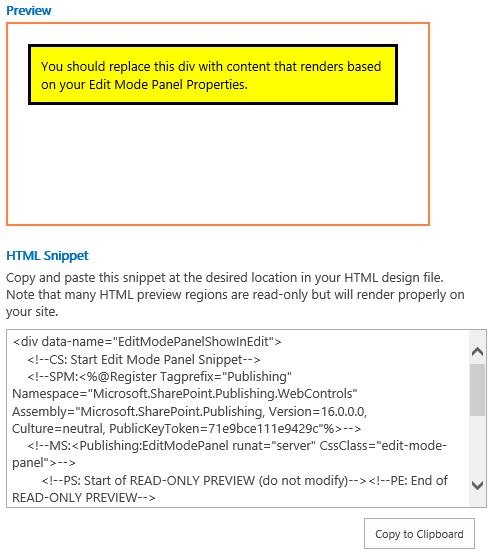
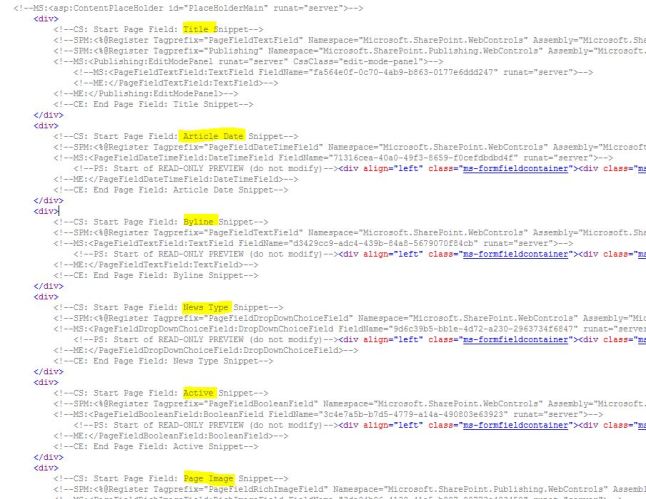

 4. Save your changes and refresh the Preview Page. Here, the News Type and Active fields are gone.
4. Save your changes and refresh the Preview Page. Here, the News Type and Active fields are gone.